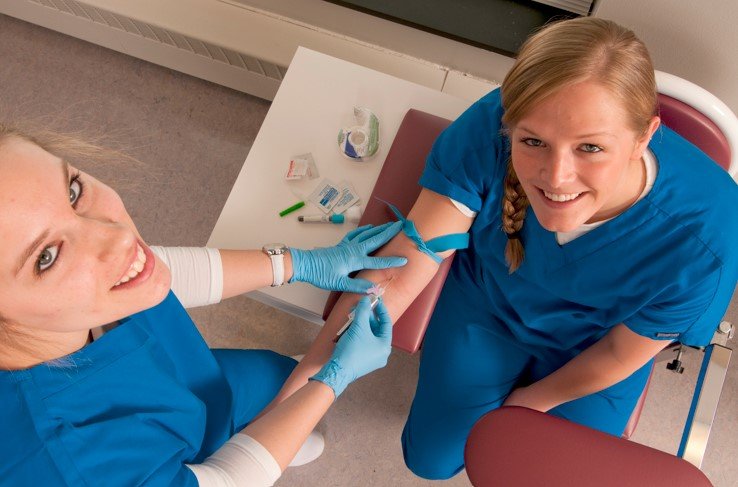Optimizing Hospital Supply Chain Management for Patient Care
Summary
- Hospitals must prioritize regular assessment of their supply and equipment needs to ensure they are updated and sufficient.
- Developing educational programs for patients with varying levels of health literacy can help hospitals better understand and meet their needs.
- Utilizing technology and data analysis can streamline Supply Chain management and improve efficiency in providing medical supplies and equipment.
Introduction
In the United States, hospitals play a crucial role in providing healthcare services to a diverse population with varying levels of health literacy. In order to effectively meet the needs of patients, hospitals must ensure they have updated and sufficient medical supplies and equipment. This requires careful planning, assessment, and implementation of strategies to optimize Supply Chain management and resource allocation.
Assessment of Supply and Equipment Needs
One of the first steps hospitals should take in ensuring they have the necessary medical supplies and equipment is to conduct a thorough assessment of their current inventory and projected needs. This involves:
- Regularly reviewing usage data to identify trends and patterns in supply and equipment usage.
- Engaging with Healthcare Providers and staff to gather feedback on the availability and functionality of existing supplies and equipment.
- Consulting with vendors and suppliers to stay informed about new products and technologies that could improve patient care.
Educational Programs for Patients
Patients with varying levels of health literacy may have different needs and preferences when it comes to medical supplies and equipment. Hospitals can better serve these patients by developing educational programs that:
- Explain the importance of using prescribed medical supplies and equipment correctly.
- Provide guidance on how to properly maintain and store supplies and equipment at home.
- Offer resources for patients to enhance their understanding of their health condition and treatment plan.
Utilizing Technology and Data Analysis
Technology plays a key role in modern healthcare, and hospitals can leverage it to streamline their Supply Chain management processes and improve efficiency in providing medical supplies and equipment. By:
- Implementing inventory management systems that track usage and automatically reorder supplies when inventory levels are low.
- Using data analytics to identify opportunities for cost savings and resource optimization.
- Utilizing Electronic Health Records to ensure accurate and up-to-date information on patients' medical needs and preferences.
Conclusion
Ensuring hospitals have updated and sufficient medical supplies and equipment is essential for providing high-quality patient care. By prioritizing regular assessment, developing educational programs for patients, and utilizing technology and data analysis, hospitals can optimize their Supply Chain management practices and better meet the needs of patients with varying levels of health literacy in the United States.

Disclaimer: The content provided on this blog is for informational purposes only, reflecting the personal opinions and insights of the author(s) on the topics. The information provided should not be used for diagnosing or treating a health problem or disease, and those seeking personal medical advice should consult with a licensed physician. Always seek the advice of your doctor or other qualified health provider regarding a medical condition. Never disregard professional medical advice or delay in seeking it because of something you have read on this website. If you think you may have a medical emergency, call 911 or go to the nearest emergency room immediately. No physician-patient relationship is created by this web site or its use. No contributors to this web site make any representations, express or implied, with respect to the information provided herein or to its use. While we strive to share accurate and up-to-date information, we cannot guarantee the completeness, reliability, or accuracy of the content. The blog may also include links to external websites and resources for the convenience of our readers. Please note that linking to other sites does not imply endorsement of their content, practices, or services by us. Readers should use their discretion and judgment while exploring any external links and resources mentioned on this blog.

